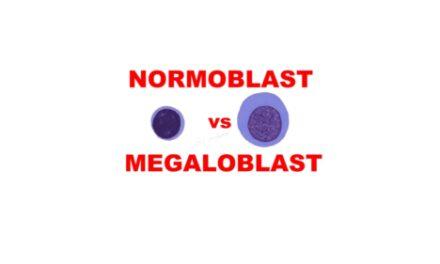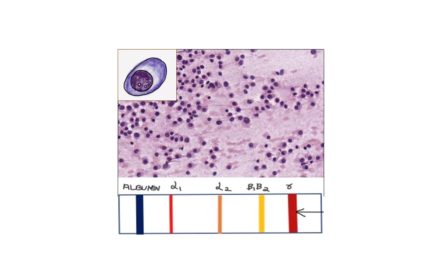What is Dimorphic anemia
Dimorphic anemia refers to a specific type of anemia characterized by the presence of two distinct populations of red blood cells (RBCs) with different sizes or shapes. It can also be referred to as dual population anemia
The term “dimorphic” implies the coexistence of two different types of RBCs in the bloodstream.
What are the causes of Dimorphic anemia
- Dual deficiency of iron and Vitamin B12/Folate: This occurs when a person has deficiencies of both iron and vitamin B12 or folate. Iron deficiency leads to microcytic anemia while deficiencies of vitamin B12 or folate lead to macrocytic anemia When both deficiencies are present, it can result in the coexistence of small and large RBCs, leading to dimorphic anemia.
- Iron deficiency anemia responding to iron therapy: Iron deficiency anemia is a common cause of microcytic anemia. When iron deficiency is the primary cause of anemia and iron therapy is initiated, the bone marrow starts producing new RBCs. Initially, smaller RBCs may be released from the bone marrow, and as iron stores are replenished, larger RBCs (normocytic) may also be produced, resulting in dimorphic anemia during the transitional phase.
- Post blood transfusion to a patient with anemia: In some cases, after a blood transfusion, a temporary dimorphic anemia can occur. This can happen when the transfused blood has different characteristics compared to the recipient’s own blood. For example, if the recipient has iron deficiency anemia (microcytic), and they receive a blood transfusion containing normal-sized RBCs (normocytic), both populations of RBCs may coexist temporarily, resulting in a dimorphic appearance.
- Sideroblastic anemia: Sideroblastic anemia is a group of rare inherited or acquired disorders characterized by impaired iron utilization in the bone marrow. This leads to abnormal iron accumulation within developing RBCs, resulting in ringed sideroblasts (iron-laden precursors) seen on a bone marrow examination. Sideroblastic anemia can cause a mixture of microcytic and normocytic RBCs, leading to dimorphic anemia
5. Anemia in myelodysplastic syndrome
The anemia is usually normocytic or macrocytic, and a dimorphic population ( both normocytic and macrocytic) of circulating cells can be present.











Recent Comments